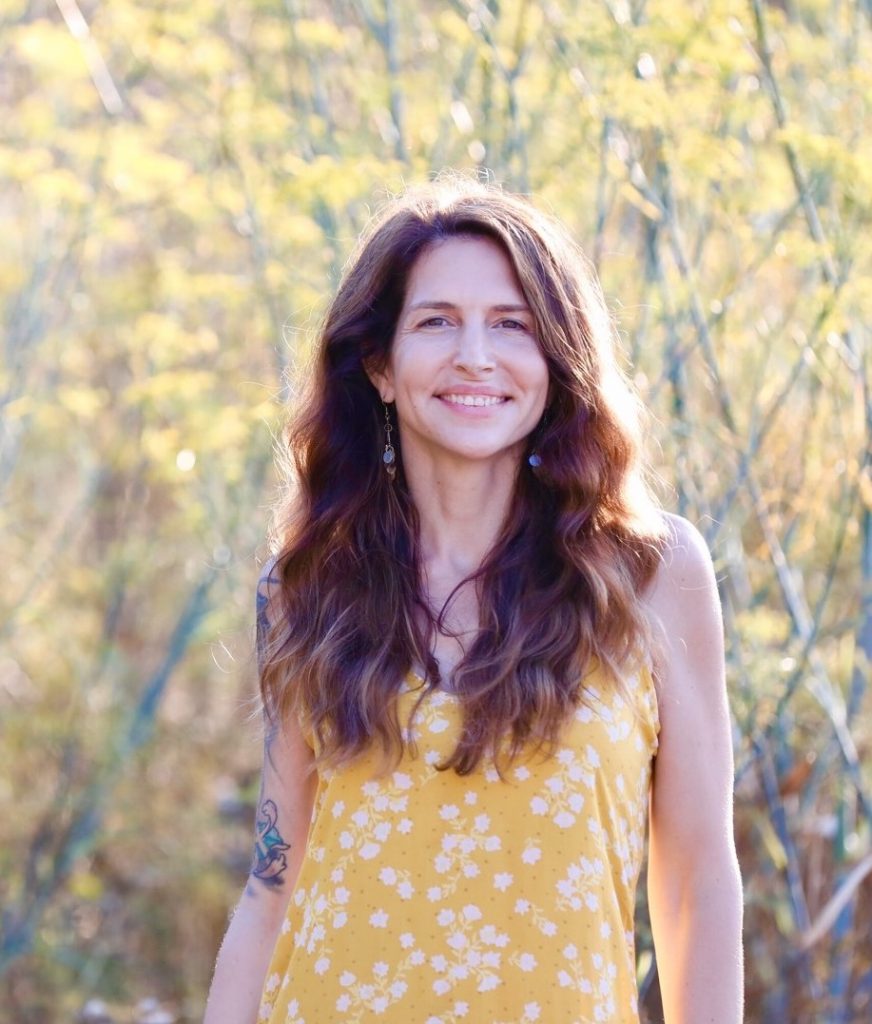So much of personal development focuses on what we can see and what we know about ourselves, that we might not realize we\’re messing up on those parts that we cannot see and do not know. The Shadow is that unseen, unknown part of ourselves. And unfortunately, out of sight out of mind won’t work here: Our shadow is with us whether we want it to be or not.
The Shadow is the name that Carl Jung gave the parts of ourselves that we have disowned. For example, I might believe that I am good person and that this means I do, and don’t do, specific things. As a good person, I am kind to others, I don’t lie, and I make people feel good about themselves. Also, I get irritated when I see people being unkind, I get angry when people lie, and I get judgmental when people hurt other people’s feelings.
As a third-party reader, you know the likelihood that I have been alive for 42 years and not done those things at least once is pretty low. But, I might not see things so clearly. If someone were to ask me, “Are you ever unkind? Do you ever lie? Do you ever hurt other people’s feelings?” and I were to say, “No,” then we have caught the Shadow.
The process of working with the Shadow makes us more understanding and accepting of both others and ourselves. Incorporating our Shadow into our consciousness gives us access to our full self. These two benefits alone have an incredible impact on our life.
Here are some steps for starting your work with the shadow.
“If you spot, you got it”:
Shadow Workers, people who practice Shadow Work (a modality that helps people work with their Shadow), use this phrase to help clarify when the Shadow is affecting you. The idea is that what irks you in someone else is likely also something that irks you in yourself. When you are triggered by someone else’s action or personality, turn your gaze to yourself and look at how you have also done that thing, or been that way. Try to bring some awareness to different motivators for different behaviors.
Step out of Defense:
We build up our Defenses to preserve and protect our Ego. In order to see our Shadow clearly, we have to understand its intricate, symbiotic relationship with our Defenses. Our Defenses are triggered when we make the “If you spot it, you got it” connection — recognizing that another person’s irksome behavior is reflective of our own. To really get the most out of seeing our Shadow, we need to be ready to step outside of our Defenses that may be clouding our understanding.
Judgment to Compassion:
Seeing and working with our Shadow requires a lot of compassion, both for ourselves and for others. At the heart of it, learning to see our Shadow is changing our default reaction from Judgement to Compassion. We are developing our ability to understand that, even if we do not agree with them, everyone has valid reasons for the way that they are acting and being.

